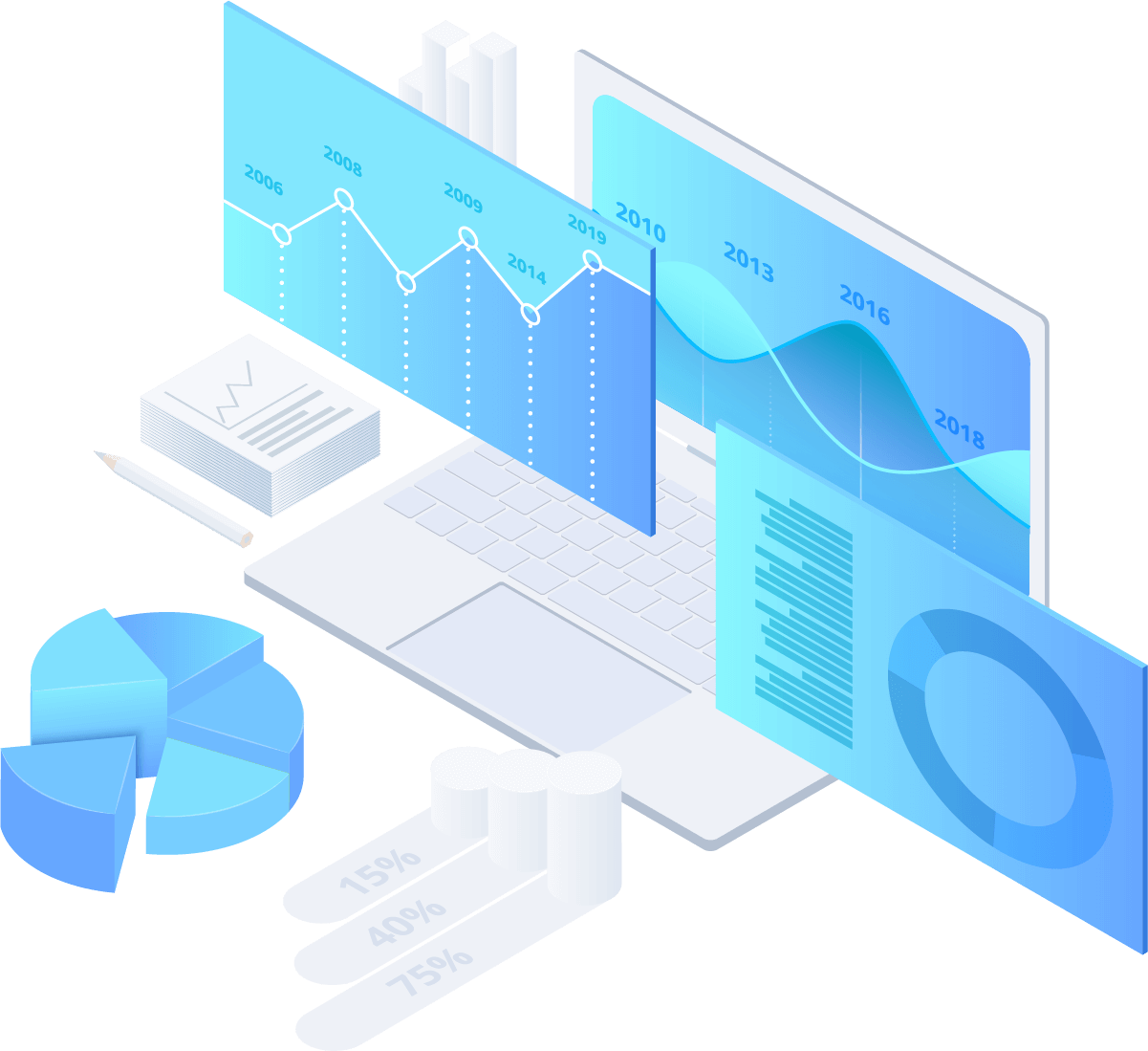What is FIRST PARTY DATA?
First party data refers to information that a company collects directly from its own customers or users. This data is obtained through interactions and engagements with the company’s own products, services, websites, mobile apps, or other channels. Since the data is gathered firsthand, it is considered highly reliable and accurate.
Examples of first party data include:
- Customer registration information: Details provided by users when they sign up for an account, such as name, email address, and demographic information.
- Purchase history: Information about the products or services a customer has bought from the company.
- Website or app usage data: Data on user behavior, such as page views, clicks, and time spent on the site or app.
- Feedback and survey responses: Responses to customer satisfaction surveys, feedback forms, or any other direct communication with customers.
First-party data is valuable for businesses as it allows them to better understand their customers, personalize their marketing efforts, and improve their products and services. It is also considered more trustworthy than third-party data, which is obtained from external sources. Additionally, first-party data is often used for targeted advertising, analytics, and building customer relationships.
